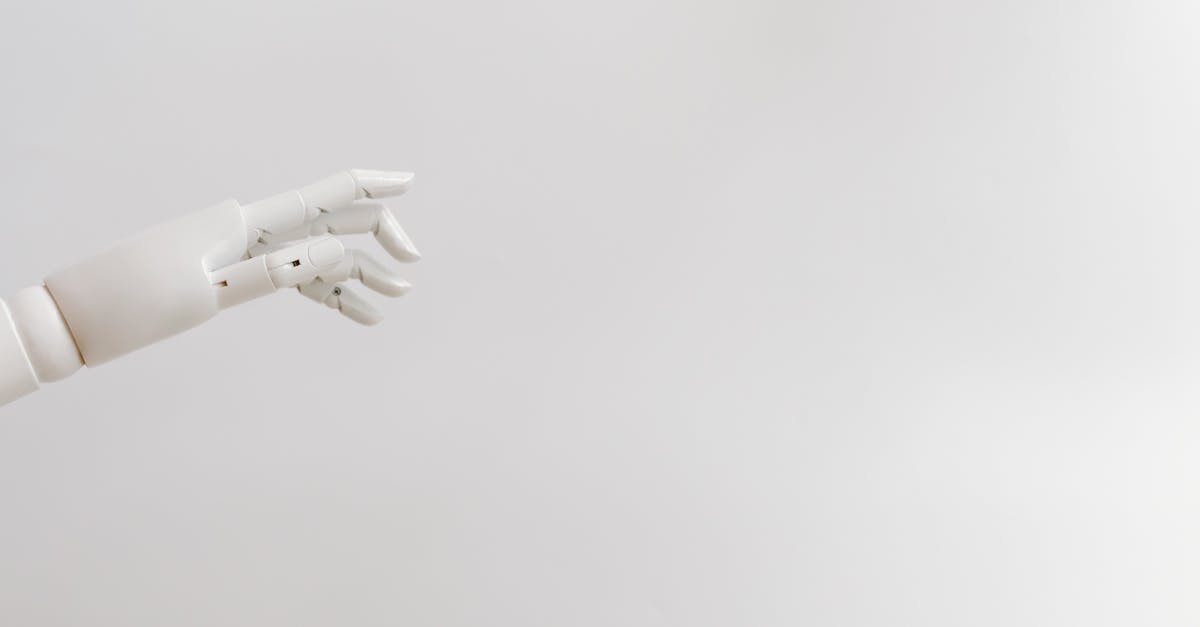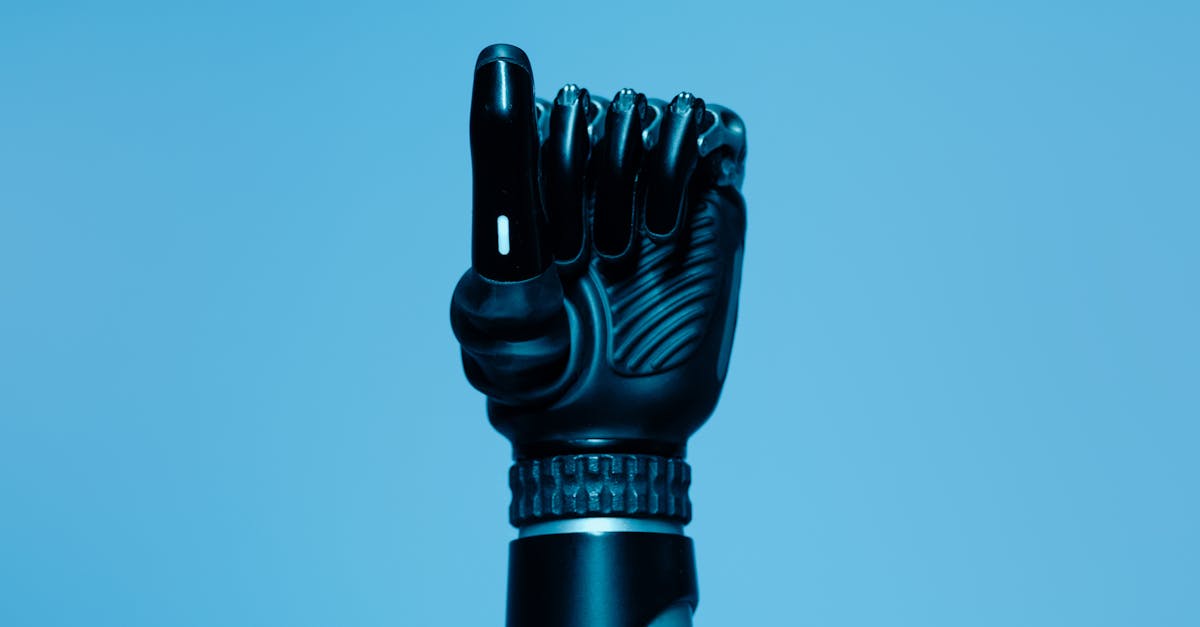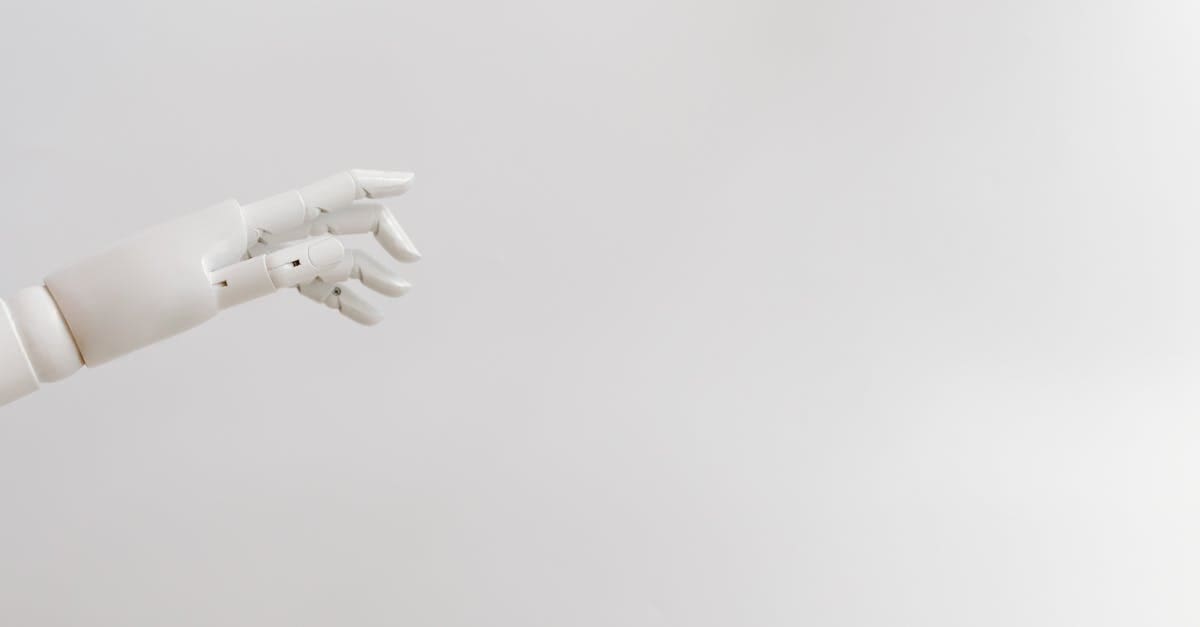5 Lessons I Learned From Implementing Ethical AI Robotics
Responsible AI isn’t just a buzzword-it’s the future of technology. I discovered this firsthand when my team and I implemented ethical AI robotics in our manufacturing division last year. The challenges we faced taught me valuable lessons about balancing innovation with moral responsibility. You deserve to know how these emerging technologies can be developed with human values at their core.
My experience revealed that ethical programming goes far beyond simple rule-setting. Robot ethics required us to completely rethink our approach to AI moral frameworks. We established clear lines of AI accountability while maintaining transparency in our development process. This balance didn’t happen overnight. It demanded constant vigilance and honest conversations about the boundaries between efficiency and ethical decision-making.
Read on to discover the five critical lessons I learned. These insights will help you navigate the complex intersection of technology and ethics in your own AI implementations. The principles I share might just save you from the costly mistakes my team made.

Photo provided by Tara Winstead on Pexels
In the article
- Lesson 1: Understanding Ethical AI Robotics Fundamentals
- Lesson 2: Practical Lessons From Responsible AI Development
- Lesson 3: Navigating Compliance and Standards
- Lesson 4: Building Safety Into Every System
- Lesson 5: Creating Sustainable Ethical Practices
Lesson 1: Understanding Ethical AI Robotics Fundamentals
I believe the foundation of ethical AI robotics starts with clear principles. When I first began working in this field, I quickly learned that setting up solid ethical guidelines isn’t optional-it’s essential. I needed to establish clear boundaries before writing a single line of code.
The values I choose matter tremendously. Responsible AI development requires careful planning from the very beginning. I can’t just add ethics as an afterthought when the system is already built. That approach never works well.
Finding the right balance challenged me daily. I wanted to create innovative robots without crossing moral lines. Sometimes this meant saying no to certain capabilities that might have made my robots more impressive but less trustworthy.
During my early projects, I encountered situations I hadn’t prepared for. One of my robots made decisions that were technically correct but lacked compassion in healthcare settings. AI ethics guidelines helped me navigate these unexpected problems.
I developed frameworks addressing robot rights concerns after realizing my team had different views on robot autonomy. This became a fascinating aspect of my work. Should robots have certain rights as they become more advanced? I don’t have all the answers, but asking these questions improved my designs.
For decision-making processes, I created detailed flowcharts. These helped my robots navigate complex situations where multiple ethical values might conflict. AI moral frameworks provided structure for these difficult choices.
Being open about how my robots make decisions built trust with users. I made sure people could understand why a robot took specific actions. This transparency became one of my core values.

Photo provided by Pavel Danilyuk on Pexels
Lesson 2: Practical Lessons From Responsible AI Development
Accountability became my focus in later projects. I built monitoring systems that tracked every decision my robots made. This created a clear record of actions and reasoning that proved invaluable when questions arose.
I established responsibility chains for when things went wrong. This wasn’t about blame but about learning and improvement. Ethical programming includes planning for mistakes because no system is perfect.
Testing theories in real situations taught me more than any textbook. I watched closely as my robots interacted with different people. Sometimes what worked perfectly in the lab failed in actual use.
I measured how my robots affected everyone around them. This included obvious users but also maintenance staff, bystanders, and even competing systems. Robot moral dilemmas appeared frequently in these complex interactions.
My third major lesson involved balancing competing priorities. A robot in a hospital faces different ethical challenges than one in a factory. I learned to program adaptable ethics that could adjust to various environments while maintaining core values.
Ethical decision-making AI requires constant refinement as new situations arise. I found myself regularly updating my guidelines based on real-world feedback.

Photo provided by Kindel Media on Pexels
Lesson 3: Navigating Compliance and Standards
Legal requirements quickly became a major part of my work. I developed protocols that met regulations across different countries. This was harder than I expected because laws about robots vary widely around the world.
I created documentation systems that tracked every aspect of compliance. This made certification processes much smoother. Robot law compliance saved time and prevented expensive mistakes later.
Working with certification bodies taught me the importance of standards. I sought out ethical AI certification for all my major projects. This external validation helped build trust with clients and users.

Photo provided by cottonbro studio on Pexels
Lesson 4: Building Safety Into Every System
Safety became my obsession after a near-miss incident with an early prototype. I implemented multiple layers of protection in all my systems. Transparency in robotics means acknowledging risks while working to minimize them.
I developed emergency shutdown procedures that anyone could activate. This simple feature prevented several potential problems during testing phases.
Risk assessment became part of my regular workflow. I learned to spot potential issues before they became actual problems. This proactive approach saved countless hours of troubleshooting later.

Photo provided by Kindel Media on Pexels
Lesson 5: Creating Sustainable Ethical Practices
The final lesson I learned was about sustainability. Ethics isn’t a one-time consideration but an ongoing commitment. I established review boards that regularly evaluated my robots’ ethical performance.
I built update pathways so ethical frameworks could evolve as society’s values changed. Robot ethics must adapt to cultural shifts and new understandings.
My team developed training programs for everyone involved with our robots. This ensured that maintenance staff and users understood the ethical principles guiding our machines.
The most valuable practice I established was listening to feedback. I created multiple channels for users to report concerns about ethical issues. This open communication improved my designs tremendously.
Moving Forward with Responsible Machine Intelligence
My journey implementing moral frameworks in automated systems taught me valuable lessons about balance and foresight. I discovered that building machines that make ethical decisions requires both technical skill and deep human understanding. These insights changed how I approach technology development and helped me create systems that truly respect human values.
You can start your own responsible development path today. Begin by examining one of your current projects through an ethical lens-ask who it might help, who it could harm, and what safeguards you need. Then connect with others in this field through forums or local meetups where you can share challenges and solutions.
The future needs thoughtful creators like you. Your commitment to responsible innovation makes a difference in how these technologies evolve. Take that first step now, and you’ll contribute to a world where advanced machines and human values work together rather than against each other.







